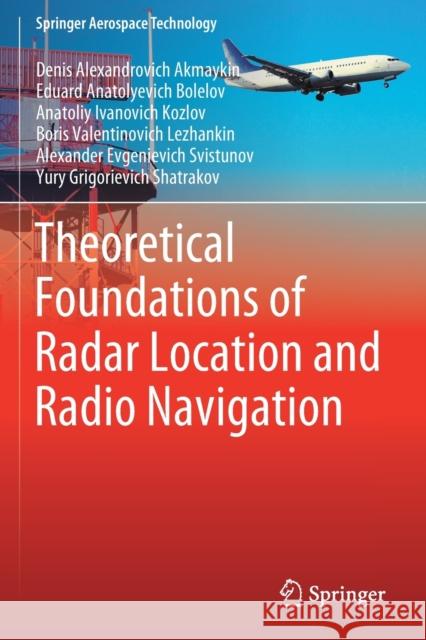Theoretical Foundations of Radar Location and Radio Navigation » książka
topmenu
Theoretical Foundations of Radar Location and Radio Navigation
ISBN-13: 9789813365162 / Angielski / Miękka / 2022 / 344 str.
Theoretical Foundations of Radar Location and Radio Navigation
ISBN-13: 9789813365162 / Angielski / Miękka / 2022 / 344 str.
cena 402,53
(netto: 383,36 VAT: 5%)
Najniższa cena z 30 dni: 385,52
(netto: 383,36 VAT: 5%)
Najniższa cena z 30 dni: 385,52
Termin realizacji zamówienia:
ok. 22 dni roboczych
Dostawa w 2026 r.
ok. 22 dni roboczych
Dostawa w 2026 r.
Darmowa dostawa!
Kategorie:
Kategorie BISAC:
Wydawca:
Springer
Język:
Angielski
ISBN-13:
9789813365162
Rok wydania:
2022
Ilość stron:
344
Waga:
0.48 kg
Wymiary:
23.39 x 15.6 x 1.83
Oprawa:
Miękka
Wolumenów:
01
Dodatkowe informacje:
Wydanie ilustrowane











